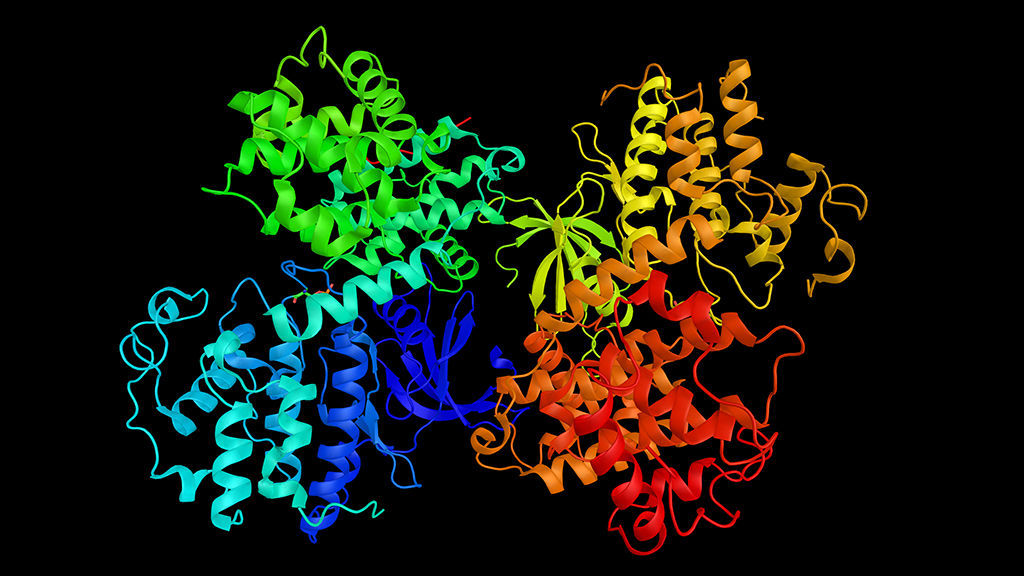Abstract
This directed case study introduces students to “Kay,” a 10-month-old baby whose symptoms suggest to her pediatrician that she has a tumor of the eye called retinoblastoma. Students learn about the genetics of this cancer by following the conversations of Kay’s parents and her healthcare team, including a pediatrician, medical intern, and genetic counselor. Students also practice constructing and interpreting pedigrees; use web-based resources from NCBI to acquire bioinformatics data about specific genes; learn about the “two-hit hypothesis” of tumor genetics; explore an example of how a trait may be recessive at a molecular level but dominant at an organismal level; and discover mechanisms of gene inactivation other than by mutation. The case also introduces students to how some DNA viruses like human papillomavirus incite tumorigenesis. This case study was originally written for use in an upper-level undergraduate course titled “Principles of Human Genetics,” but it could also be adapted for use in courses in cell biology.



